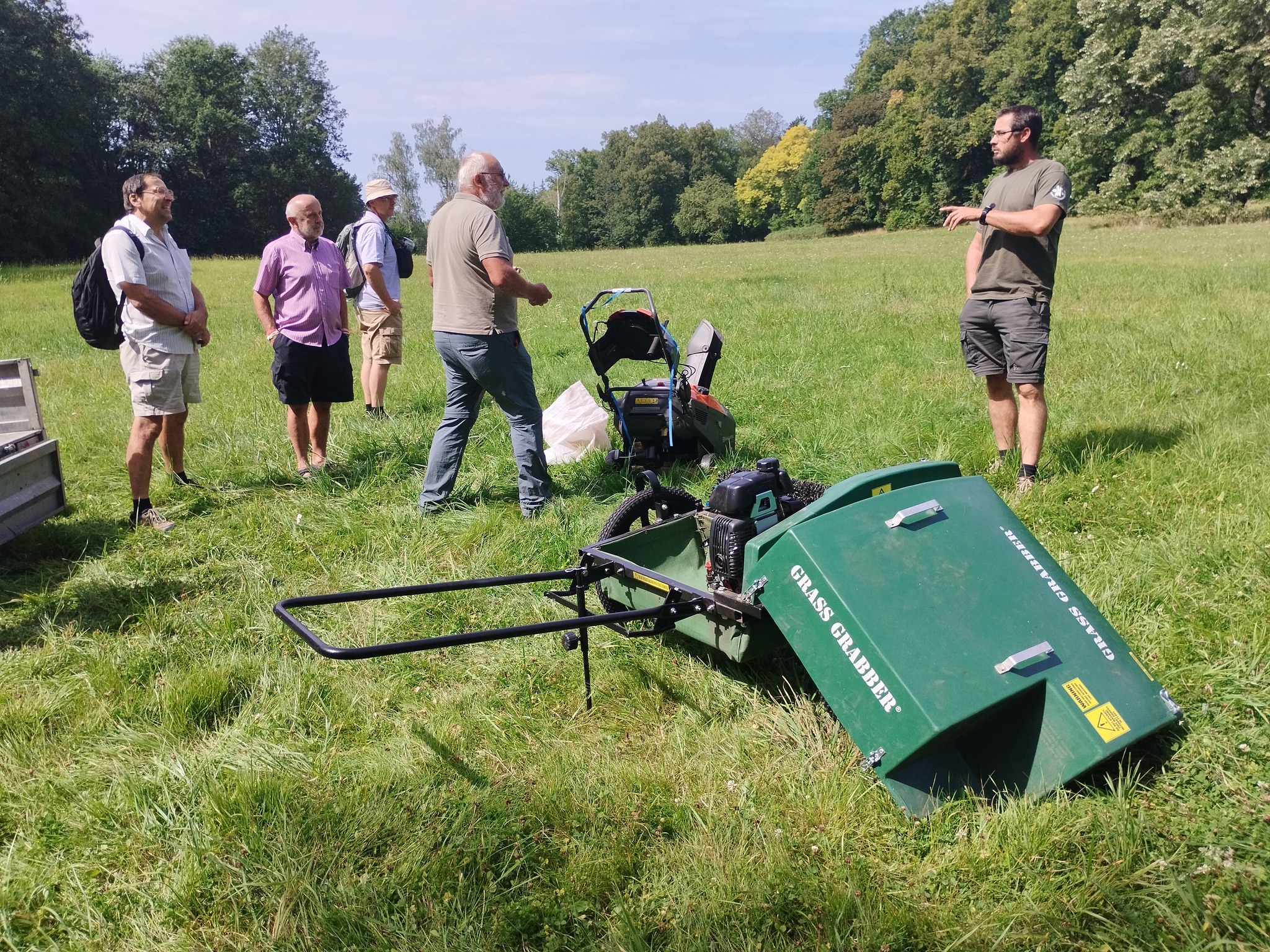 On Thursday 22 August, the workshop Regional seed mixtures in ecological restoration took place in Benešov and also in the nearby Konopiště Castle Park. We organized the workshop within the TEAM#UP project for multiple reasons:
On Thursday 22 August, the workshop Regional seed mixtures in ecological restoration took place in Benešov and also in the nearby Konopiště Castle Park. We organized the workshop within the TEAM#UP project for multiple reasons:
1. to encourage the students of our partner school, Agricultural College and Agricultural Secondary School Benešov, to participate in the student projects and student exchanges of the TEAM#UP project.
2. to encourage practitioners to take part in our survey mapping the national network in ecological restoration and to actively participate in this network.
3. to collect seed biomass for the establishment of a demonstration site in the Agricultural College and Agricultural Secondary School Benešov, where their students will then have the opportunity to work on their student projects.
4. to make the TEAM#UP project more visible.
In the first part of the workshop, Kamila Vítovcová introduced the issue of regional seed mixtures more broadly, followed by three interesting lectures on practical experience with the production of regional seed mixtures and the establishment of flowering stands using these mixtures in Šumava (Jakub Horomas), Prague (Michal Kubelík), and the surroundings of Prague (Pavel Jeřábek). The discussion on each presentation was rich and it is evident that this topic is very important and actual.
In the afternoon part of the workshop, we moved to the Konopiště Castle Park, where species-rich stands suitable for seed brushing were selected. There were four machines presented for seed harvesting: hand-guided Grass Graber and a hand-held harvester, both operated by the Czech Union for Nature Conservation Šumava, hand-guided Seed Monster from Prague, and a snow blower converted into a brush harvester.
The feedback from the participants on site was positive, which makes us very happy.
#TeamUp2Restore
Photos: Jakub Hromas, Anna Müllerová, Kamila Vítovcová, Lenka Šebelíková


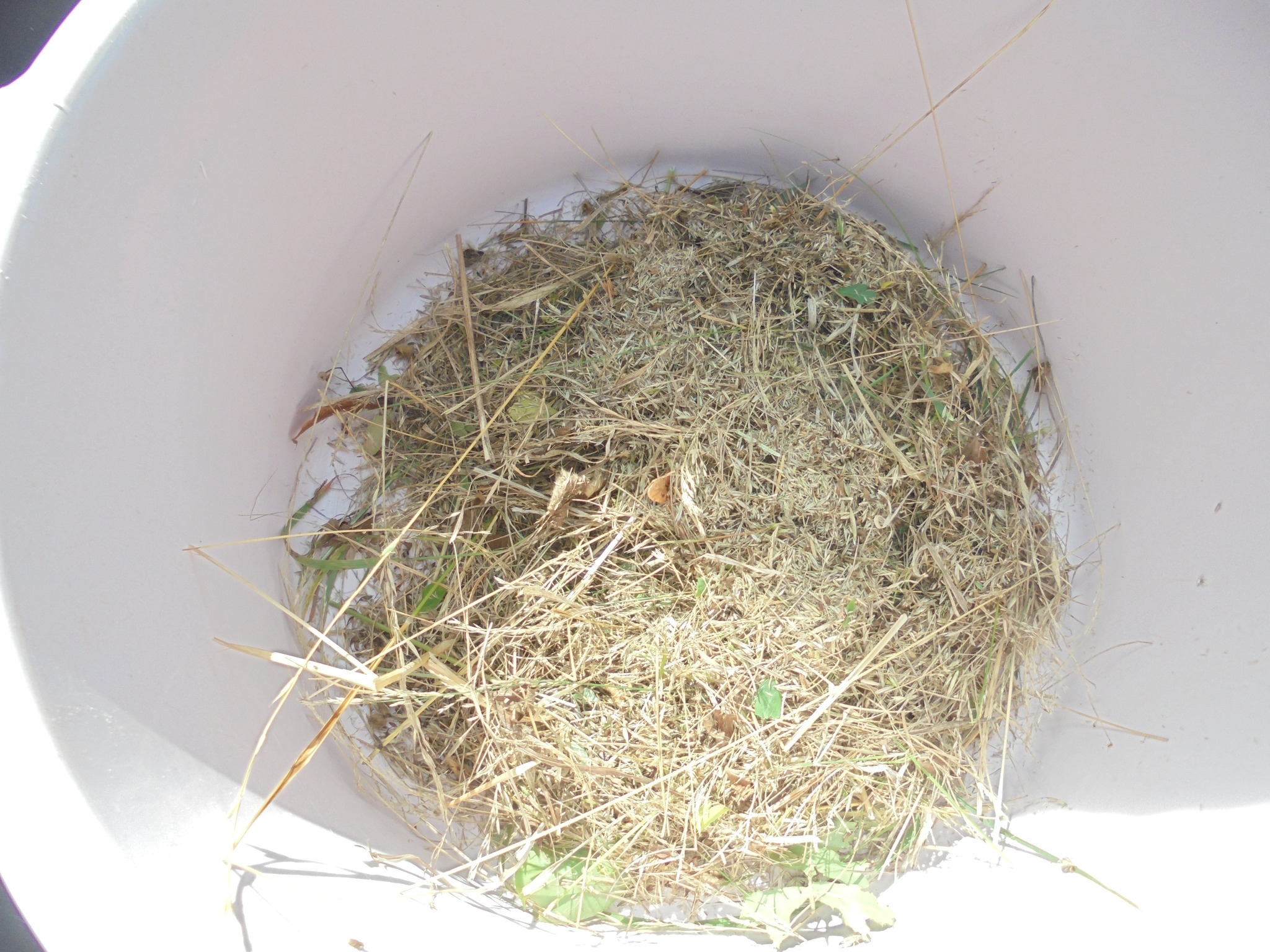



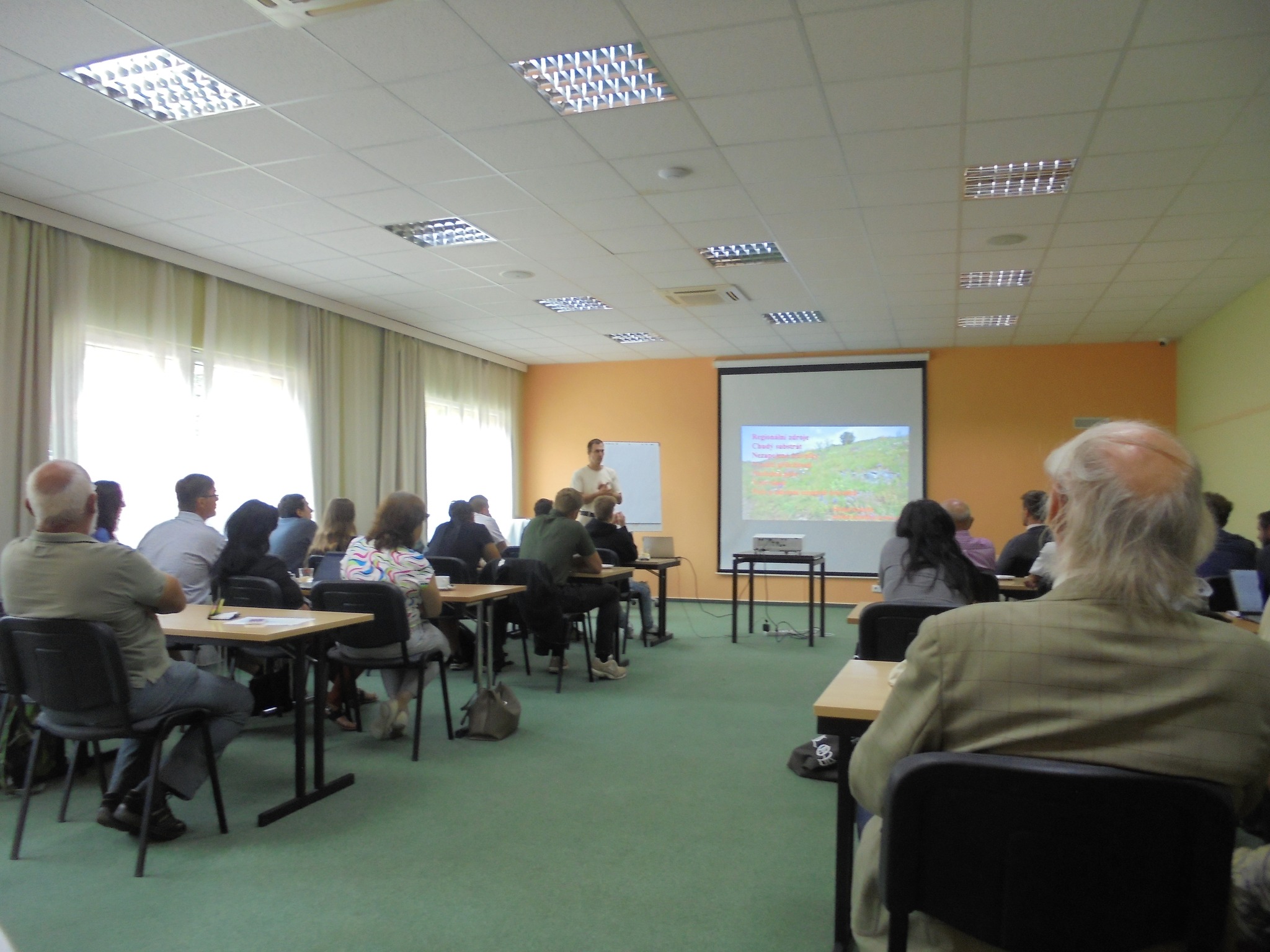




 The TEAM#UP project has recently completed its first year. We have decided to celebrate this anniversary by publishing our second
The TEAM#UP project has recently completed its first year. We have decided to celebrate this anniversary by publishing our second 




 In June, Klára Řehounková participated as an invited speaker at the Aggregates Europe - UEPG conference in Belgium, this year focused on new trends in biodiversity support in mining areas. In a session focused on scientific knowledge and its application in practice, Klára had the opportunity to reach managers of large European mining companies. During the informal discussions, there was a lot of talk about the newly approved Nature Restoration Law.
In June, Klára Řehounková participated as an invited speaker at the Aggregates Europe - UEPG conference in Belgium, this year focused on new trends in biodiversity support in mining areas. In a session focused on scientific knowledge and its application in practice, Klára had the opportunity to reach managers of large European mining companies. During the informal discussions, there was a lot of talk about the newly approved Nature Restoration Law.
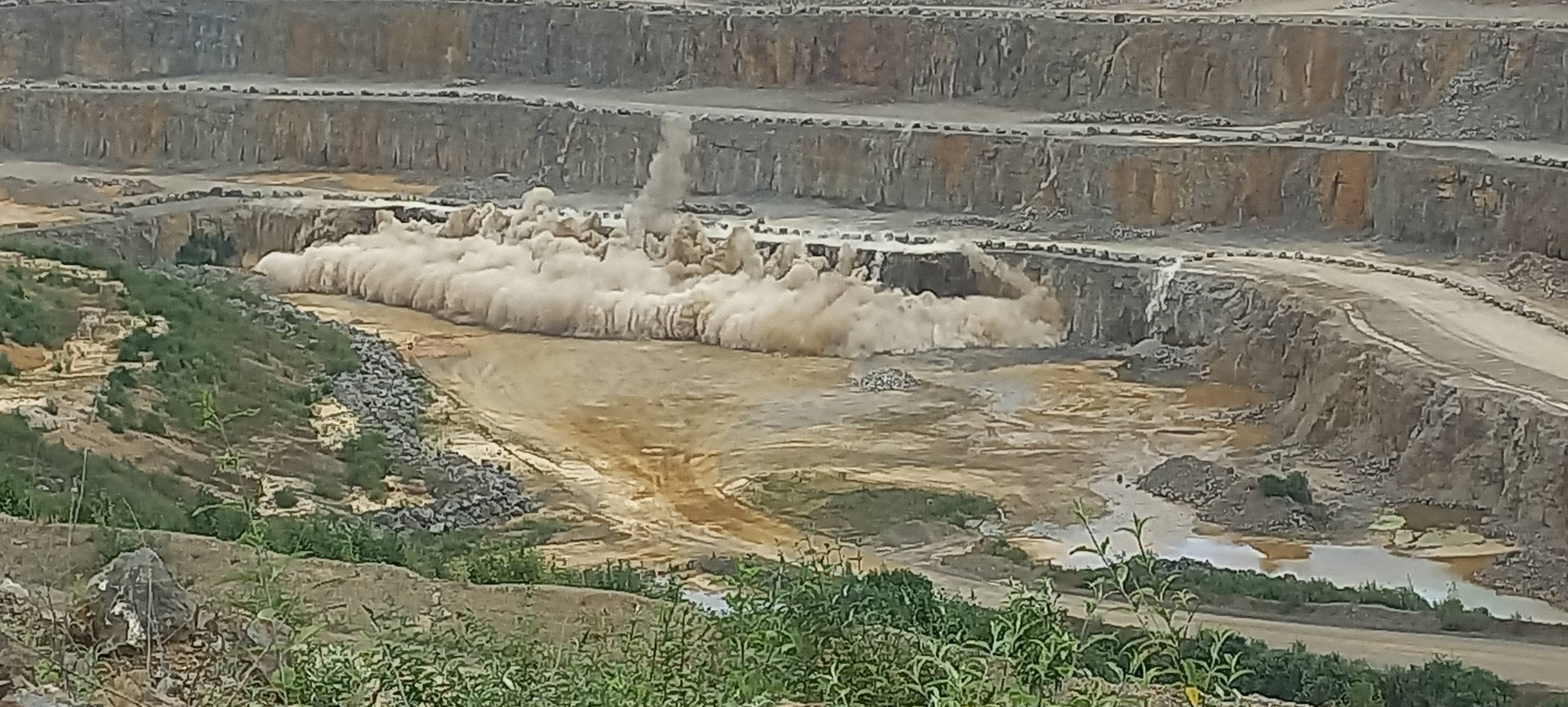

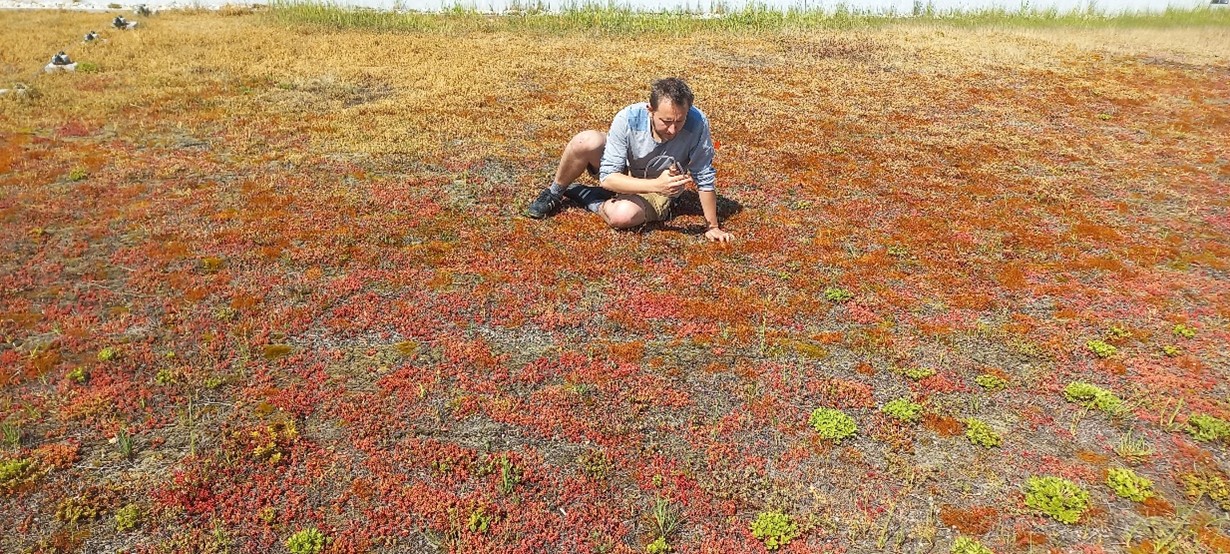 A new project funded by the Technology Agency of the Czech Republic has been recently launched in cooperation with entomologists. The project is aimed at assessing the impact of green roofs on biodiversity in cities. The project brings together experts from both disciplines to monitor the presence of plants and insects on green roofs. The project aims to find out which species of plants and insects are able to get on the roofs, how the roofs are evolving, and what impact they have on local ecosystems. The first phase of data collection started last week in České Budějovice. We expect interesting results that could contribute to a better understanding of the ecological functions of green roofs in urban environments.
A new project funded by the Technology Agency of the Czech Republic has been recently launched in cooperation with entomologists. The project is aimed at assessing the impact of green roofs on biodiversity in cities. The project brings together experts from both disciplines to monitor the presence of plants and insects on green roofs. The project aims to find out which species of plants and insects are able to get on the roofs, how the roofs are evolving, and what impact they have on local ecosystems. The first phase of data collection started last week in České Budějovice. We expect interesting results that could contribute to a better understanding of the ecological functions of green roofs in urban environments.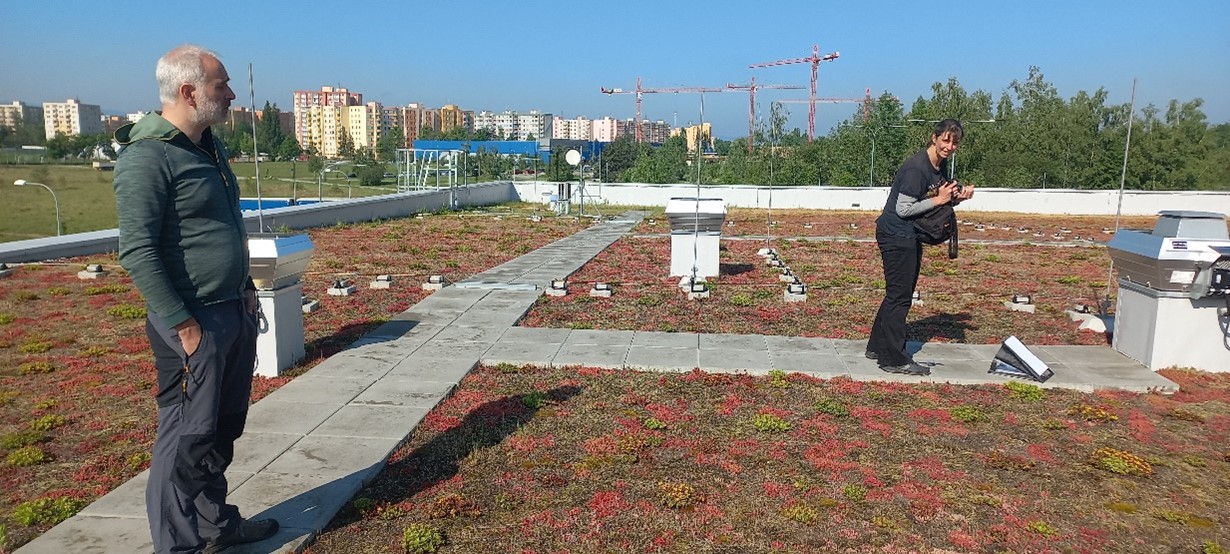


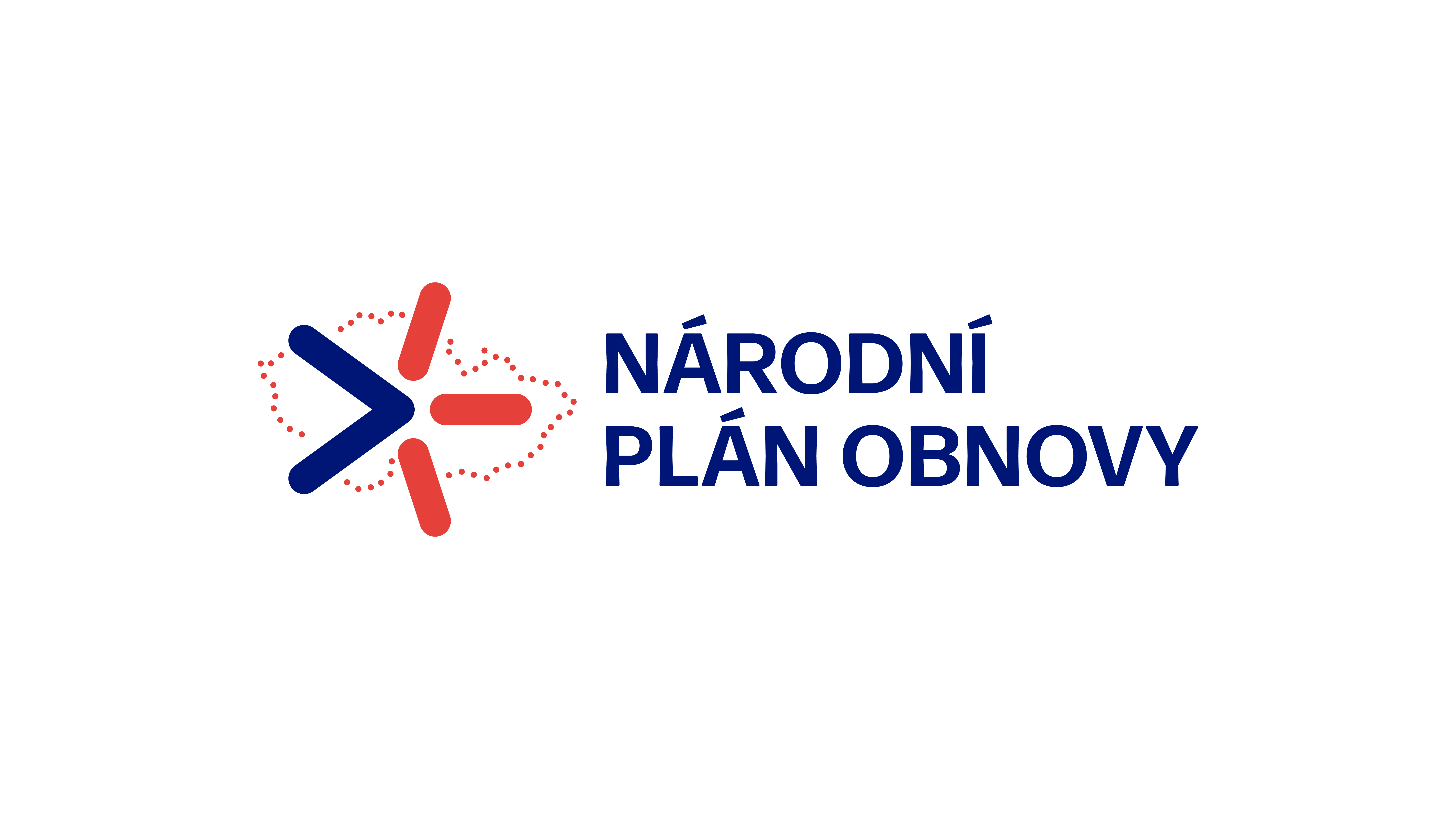
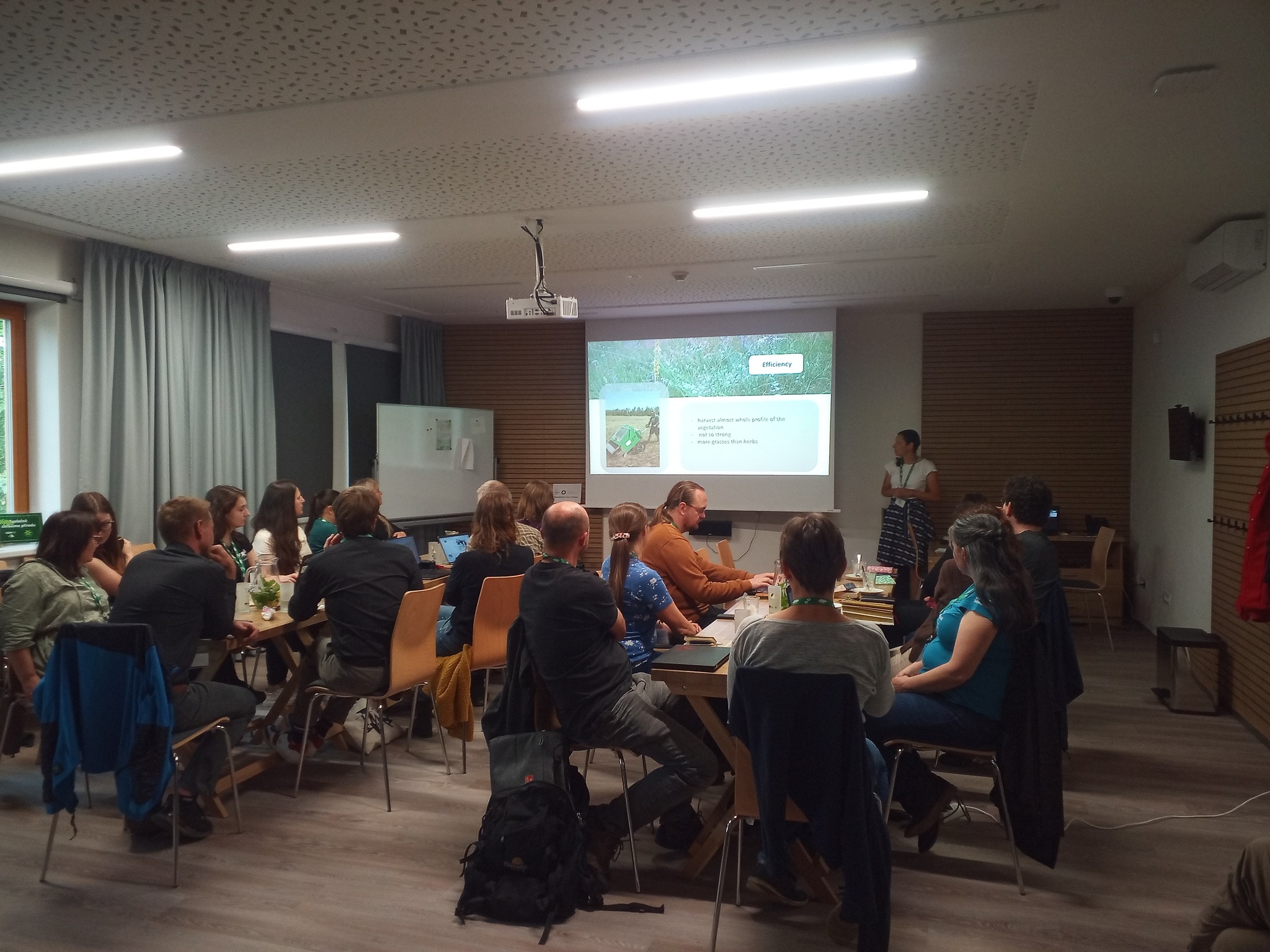 This week, a workshop focused on meadow restoration using regional seed mixtures was held in the White Carpathians. Together with our Norwegian colleagues, we had the opportunity to see many interesting sites with examples of good practice. Wednesday morning was devoted to a summary of the finishing project Regional seed mixtures as an effective tool for the conservation of grassland habitat diversity. We shared the newly gained experience and preliminary results and presented future perspectives. In return, our Norwegian colleagues presented their knowledge of the management of restored grasslands.
This week, a workshop focused on meadow restoration using regional seed mixtures was held in the White Carpathians. Together with our Norwegian colleagues, we had the opportunity to see many interesting sites with examples of good practice. Wednesday morning was devoted to a summary of the finishing project Regional seed mixtures as an effective tool for the conservation of grassland habitat diversity. We shared the newly gained experience and preliminary results and presented future perspectives. In return, our Norwegian colleagues presented their knowledge of the management of restored grasslands.



